THE THRIVE FOR FOIL PERFECTION
Incredible! Faster and faster foil flying! JP's fastest foil boards got even faster – again!
In racing development never stops. New foils, new sails and the steadily increasing level of the riders demand for constant updates. JP shaper Werner Gnigler worked on the core sizes and presents three new shapes ―the 80, 85 and 88― in the five board range. The main focus was on efficiency, minimizing resistance and control in the air. Steps to achieve this, were to reduce nose scoop and thickness in the front rail and the now slightly domed deck of the nose optimizes the airflow. The deck shape in the standing area received the most radical change becoming flatter with large pads now extending even a bit further than the rail providing more and constant leverage towards the foil. All in all this results in more dominance over the foil at higher speed.
Here are the essential shape news:
Aerodynamic Nose Area Efficiency
The boards fly through the air, so, minimizing air resistance results in improved control and speed. The main target was to achieve maximum efficiency with the following refined shape details: Flattened nose scoop and thinner front rail. To optimize the airflow JP introduced a slightly domed deck in that area. All HydroFoil Slalom boards are very short, minimizing swing weight and improving top end control.
Mast Base Area
The rails in this area are fuller with a hard, sharp edges - the most efficient shape to create lift to get into flight mode and to drastically reduce drag on touch downs for instant re-bounce.
Deck Shape: recess for the deck box
This deep recess lowers the pivot point of the mast base which helps closing the gap between the board and sail foot. It also provides efficiency and additional control when pushing the limits and during the gybe.
Deck Shape: stance and power
The deck shape in the standing area received the most radical change: It is flatter now and the pads extend even a bit further than the maximum width of the rail. Now, the rider can move the foot into the ideal position without changing the angle of leverage towards the foil which may happen on rounded rails. This also allows to have two strap plugs for the rear foot – the inboard one for high wind runs and reaching, the outboard one for tighter reaches and light wind.
Deck Shape: tail aerodynamics
The tail now comes with a concave recess, almost like a cut-out, channelling the air flow along the deck and supporting the rider with additional control since the smoother and more directional airflow stabilizes the board in the air.
Large Tail Cut-Outs
When foiling, the cut-outs have two main functions: To reduce the volume in the tail and to reduce drag.
The reduced tail volume allows the rider to sink the tail when pumping to loading up the foil for instant take-off.
All boards feature cut-outs, individually shaped for the intended range of use of each board. On occasional touchdowns, the deep cut-outs significantly reduce the wetted area resulting in less drag – which is imperative and vital as riders sail and touch-down at much higher speeds.
Wide Tail
The tail provides lots of leverage over the foil which is a key factor for going fast and still remaining in control despite all these enormous forces. It is essential when trying to find the best compromise between a comfortable stance and efficient power distribution towards the foil.
Compared to fin racing, foiling is more than just competitive: Already in the first year of PWA competitions, foil boards predominantly led the rankings. Today, they are ahead in all areas of slalom racing – unless there are limitations and restriction by regulations and rules.
In 2024 the PWA will only allow one size of foil board in a racers quiver. So main sizes had to remain on top of the game and were newly developed. Werner Gnigler shaped three new boards to cover all PWA Slalom conditions. This way every rider can find his best performing board depending on his weight and the conditions he will use it in.
The unchanged 91 is still up-to-date in covering the light wind side of foiling and will be used in national light wind events, while the proven 78 still covers the high wind segment and long distance events like the famous DEFI Wind.
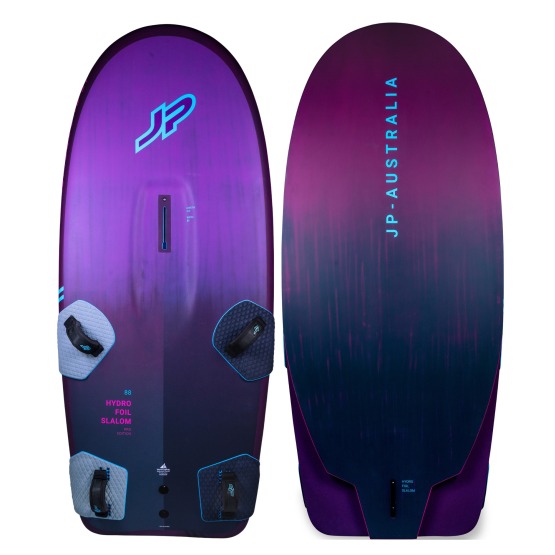
Product highlights
PRO construction
Biax-Carbon is the stiffest material providing rigid and solid feel and great transfer of sail energy into forward momentum
Wide range of sizes
A range of five sizes between 78 and 91 liters will cover the needs of most demanding riders in all types of conditions
Competition design
Meeting the growing demand for continuous updates, JP's fastest foil board got even faster
Large Cut-Outs
For minimizing the tail volume and to reduce the drag
Features

Parabolic rail reinforcements
For high durability: The parabolic rail reinforcements work like a stringer along the rail and are resistant to impact and paint chipping and increase the stiffness.

Footstraps scale
Your friends and family constantly take your board and change the size of your footstraps? No problem anymore! JP's Footstrap scale allows easy adjustment to the foot size.
Set components
- Board
- Set of footstraps

For instant answer - open the chat and ask your question. We're active 9.00-17.00 CET.
Is it afterhours? No problem - leave us a message and we’ll respond early the next day.
+48 513 020 570
For those who prefer phone calls - that's our number. You can give us a ring between 9.00-17.00 CET.






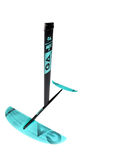
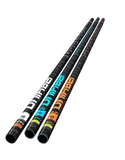
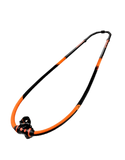
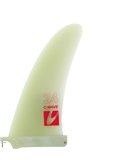
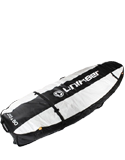
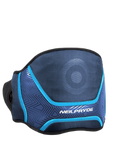
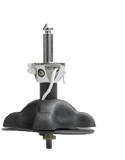
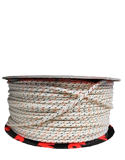

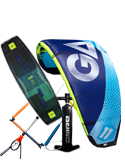
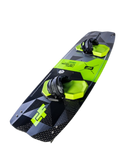

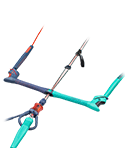
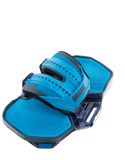

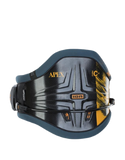
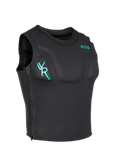
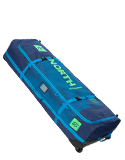
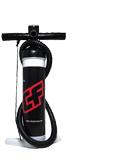
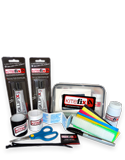
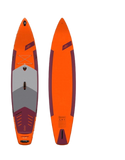
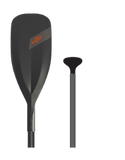
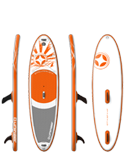
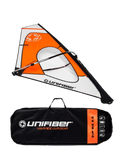
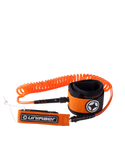
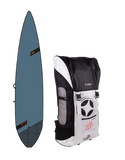
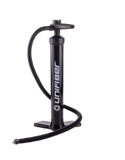
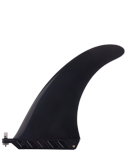
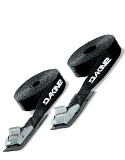

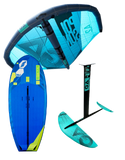
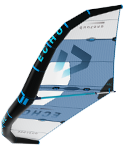
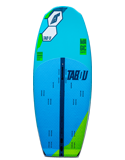
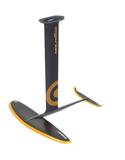
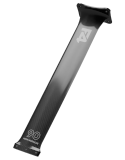
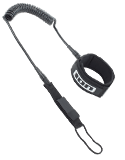

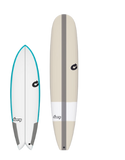
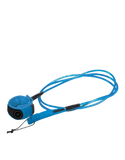
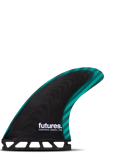
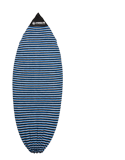
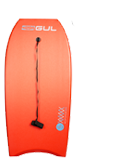
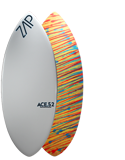
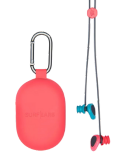
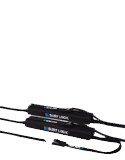

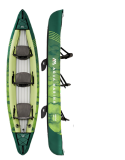
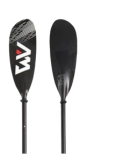
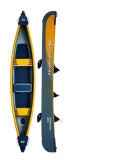

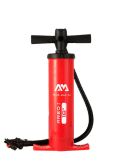
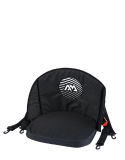
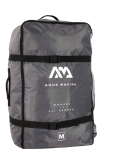

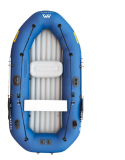
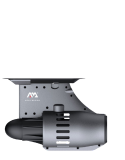

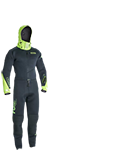
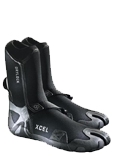

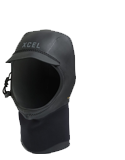
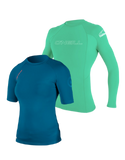
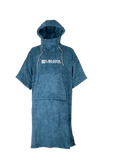
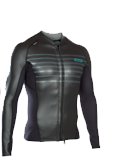
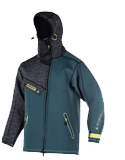
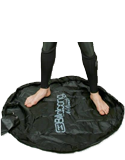
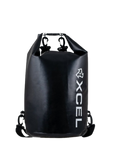
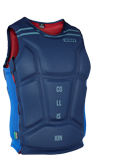
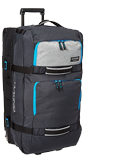
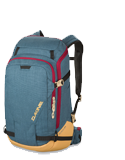
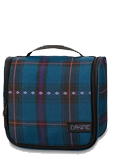

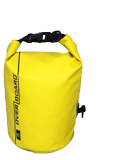



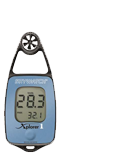

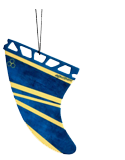
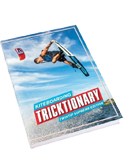


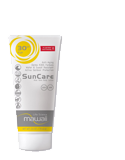

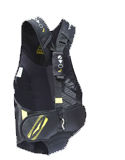



 30 days
30 days Guarantee
Guarantee Get
Get Join us
Join us

 Facebook
Facebook Instagram
Instagram YouTube
YouTube